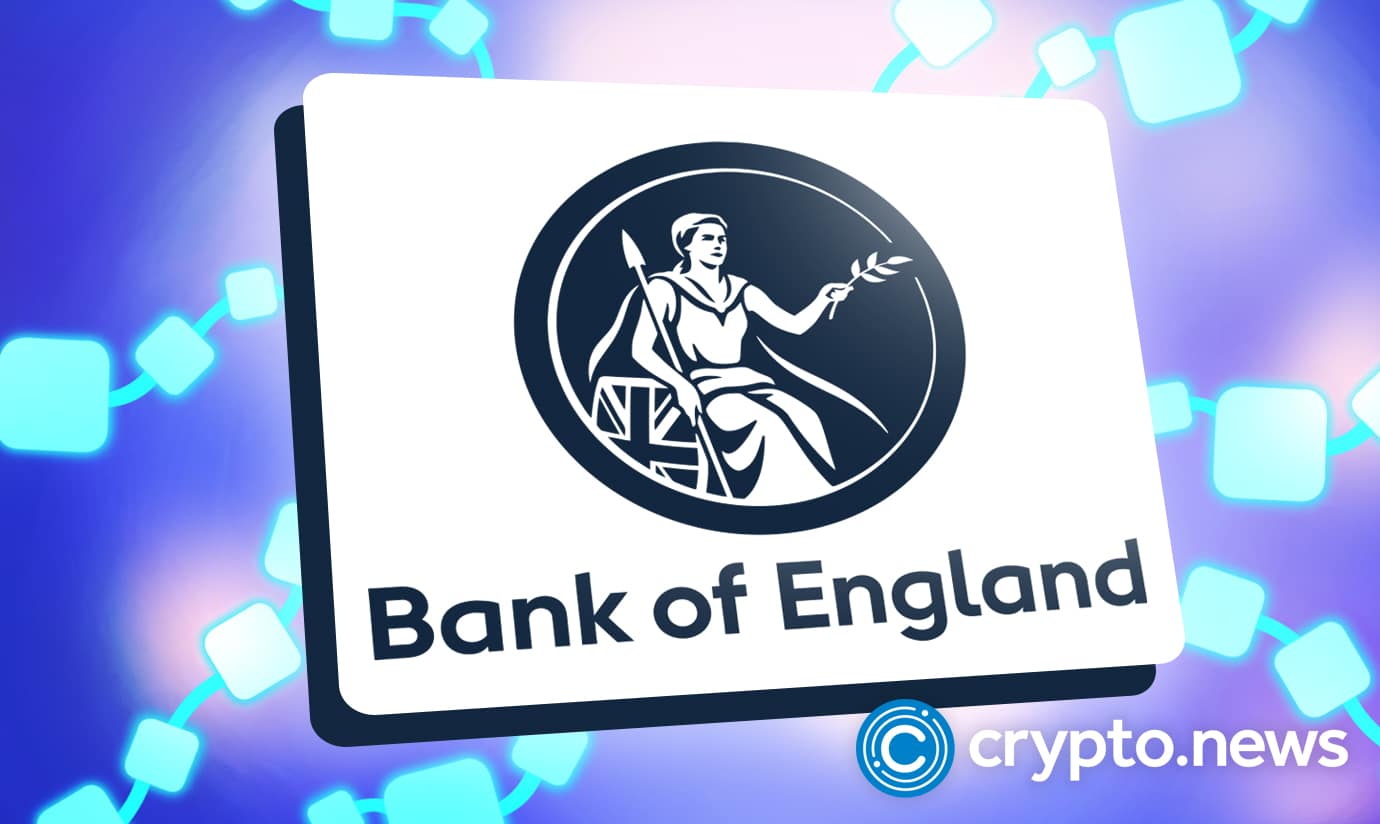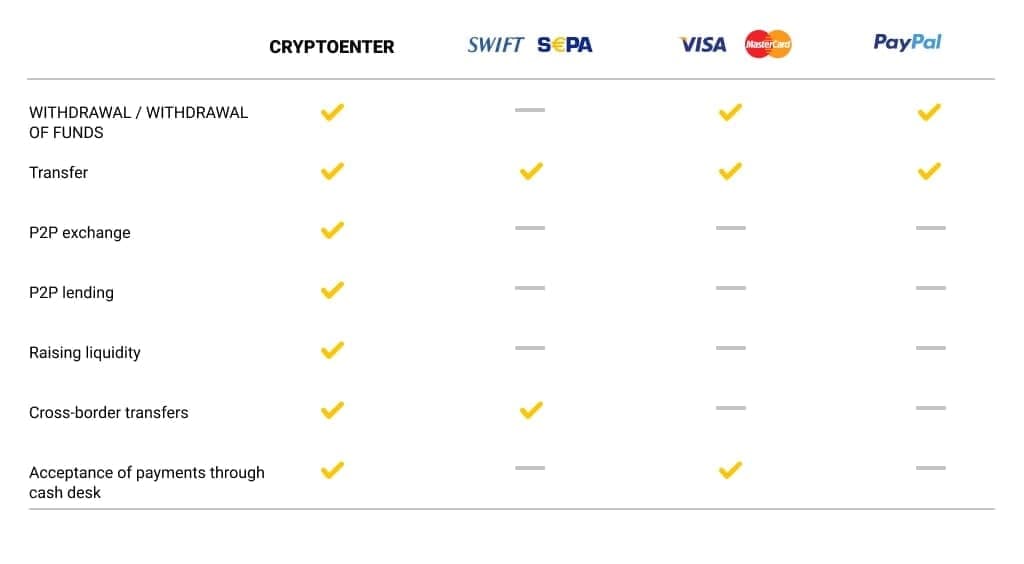2019-8-3 12:43 |
Coinspeaker
Why Proof of Stake is the Future of Blockchain Technology?
Being a crypto investor, you must be well-aware that Bitcoin, along with most other cryptocurrencies, uses Proof of Work (PoW) mechanism for the verification of transactions on its network.
This most commonly used blockchain verification method is the reason behind the various problems of Bitcoin and other currencies that use it. For one, it creates a sustainability problem because of high energy consumption during the verification process. PoW is one of the main reasons why Bitcoin mining consumes nearly 41 terawatt-hours of energy, which is equivalent to the annual power consumption of New Zealand.
In such cases, Proof-of-Stake (PoS) is quickly replacing as an environment-friendly alternative to PoW. It not only limits the amount of computing power used for mining a block but also effectively resolves the security problems presented by PoW mechanism.
What is Proof of Stake?Proof of Stake or generally called PoS is a blockchain consensus mechanism where block miners are selected by an algorithm based on the stakes of users. Unlike PoW, PoS doesn’t involve any competition to solve one or more complex puzzles in order to mine new blocks. Here, the users with the most stakes are selected by the algorithm on a random basis.
A PoS consensus uses a computer algorithm to select the users for mining based on the number of tokens (stakes) held in the network. For instance, a user with a 50% stake in the network will be able to mine new blocks (validate transactions) in proportion to his/her stake. In theory, they can mine up to 50% of the new blocks.
The selection of stakeholders/validators to validate a new block of transactions is done through a voting round where the decision depends on the number of tokens held by different participants.
Benefits of PoS or Why Proof of Stake Is ImportantOne of the primary benefits of the PoS mechanism is that the users do not have to compete with each other, as there are no puzzles or problems to solve. This means the energy consumption is substantially lower as compared to PoW consensus.
Proof of stake is comparatively more secure as the miners are motivated to protect the ledger in order to protect their own interests. Also, there are serious penalties for those who try to harm or penetrate the system in any way.
Many modern generation blockchains like OKCash, Titanprojects (Titan Coin), NavCoin are using Proof-Of-Stake consensus for protecting the interest of miners and making transactions more secure and energy-efficient. The use of the PoS system also increases the overall profitability of blockchain miners while reducing the cost.
So, Is PoS Better than PoW?While nothing can be said for sure, after analyzing the available stats and performance of the projects using PoS, it can be said that this network types definitely sound more appealing and promising. Proof-of-Stake is certainly less operationally expensive than its counterpart, and at the same time, resolves the cost and ecological issues of traditional mining.
Once the modern generation blockchain systems like ReddCoin, Neblio which utilize PoS, are launched, they will certainly help increase security and boost the energy efficiency of the mining systems. It will also aid to the speed of validation of blockchain transaction which might present a wide array of applications in a range of industries.
Why Proof of Stake is the Future of Blockchain Technology?
origin »High Performance Blockchain (HPB) на Currencies.ru
|
|























